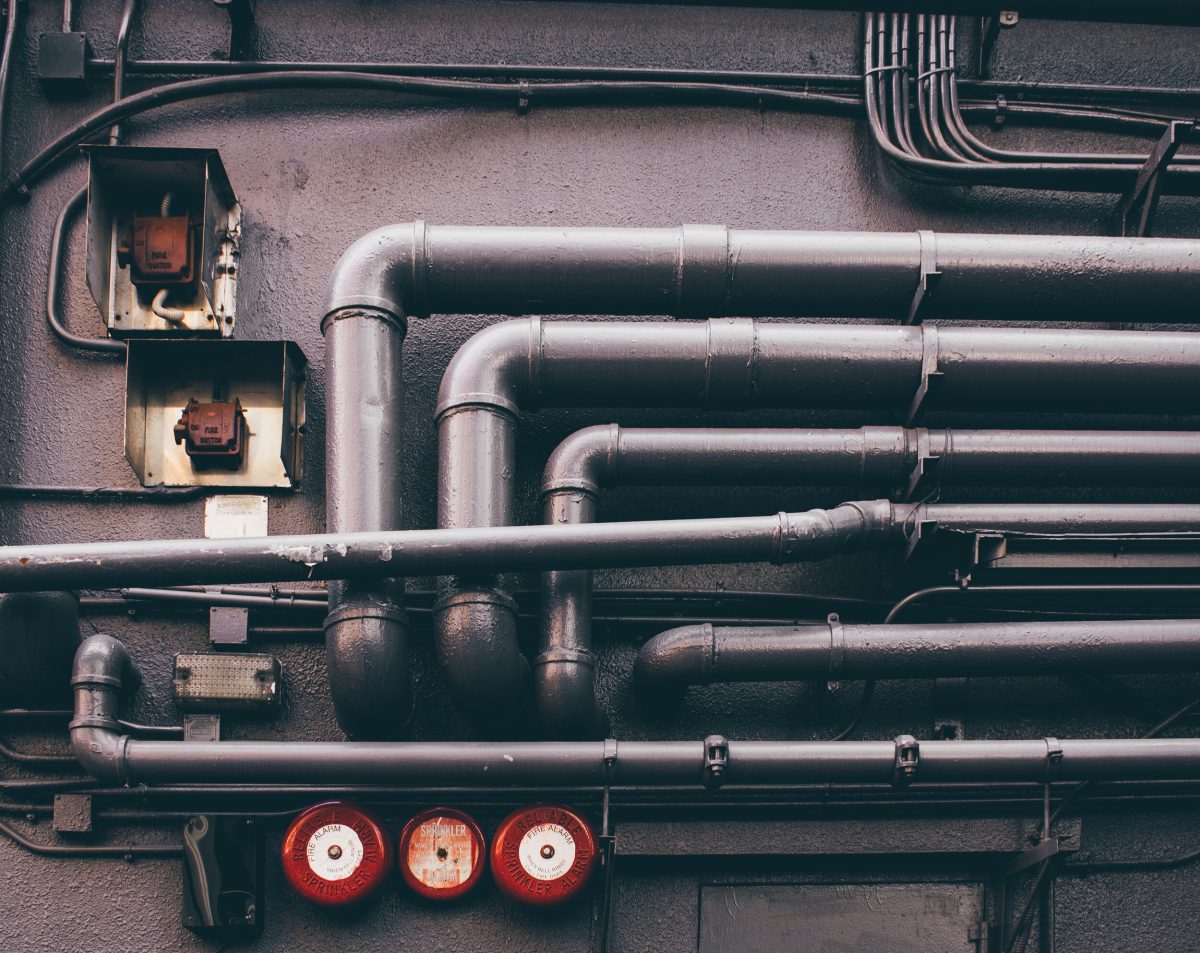Why CIPP is the Best Solution for Pipe Repair

CIPP refers to cured-in-place pipe repair, which is a trenchless method of reinforcing damaged pipelines. It is fast, effective, and sustainable, making it a no-brainer for industrial, commercial, and residential properties. Its traditional alternative, trench repair, is still used in pipe repair scenarios today; however, its disruption makes it inconvenient according to modern standards.
Read on as we explore cured-in-place pipe repair, how it works, and why specialists recommend it as the best solution for pipe repair.
How CIPP Works
Another name for CIPP is relining, coined after the procedure’s methods. First, experts insert a flexible epoxy line through a previously drilled access point in the damaged line. Next, they inflate it with water or air pressure to expand it against the pipe’s inner walls. Afterward, they cure the epoxy with heat or ultraviolet light, which hardens the material and forms a new line within the existing pipe.
The entire process only spans a few hours, making it suitable for commercial and industrial properties looking to minimize downtime. Plus, there is no trenching aftermath for the property owner to deal with.
Why CIPP is the Best Option for Pipe Repair
Here are a few reasons why homeowners, property managers, and pipeline specialists opt for CIPP in many pipe scenarios:
It Helps Save Costs
Pipe repair can be a costly venture. Every part, from the repair to the aftermath, can cost a fortune, even in small-scale scenarios. Fortunately, CIPP avoids the expensive aspects of pipe maintenance.
It is minimally invasive since it only requires a small access point for the insertion. So it prevents the inevitable damage that typically results from trenching. Also, its short duration helps save money on downtime and labor costs.
It Prevents Additional Damage
Asides from the extensive digging, trenching can cause structural and landscape damage, leading to weak points and future damage. For instance, a deep trench can weaken the surrounding landscape, including gardens, roads, and other infrastructure.
In contrast, CIPP does not affect the surrounding landscape and property. In fact, the repair team can leave the site immediately after the procedure without having to remediate any damage.
It is a Long-Lasting Solution
CIPP utilizes durable and sturdy materials that help prolong the lifespan of the relined pipe systems. For instance, epoxy is resistant to corrosion, wear, and root intrusion, making it a long-term investment in the property’s integrity.
Conversely, trench repair replaces the line entirely, meaning the pipe’s material has a limited lifespan.
It Protects Occupants and Contractors
Trench repair can be a dangerous procedure due to several possible complications. An unmarked trench can spell trouble for a property owner, as pedestrians, occupants, or even contractors can fall in. This scenario can cause severe health risks and even loss of lives.
In contrast, CIPP doesn’t require digging, so the site is safer and has less chance of complications.
If you’re experiencing pipe problems, then you’re not alone. They are inevitable in owning property and only pose a threat when left unattended. Then, they can introduce mold and mildew and cause biohazardous exposure and structural damage.
Contact us at What Is CIPP, where our expert team is equipped to handle pipe problems safely. We’d love to hear from you!